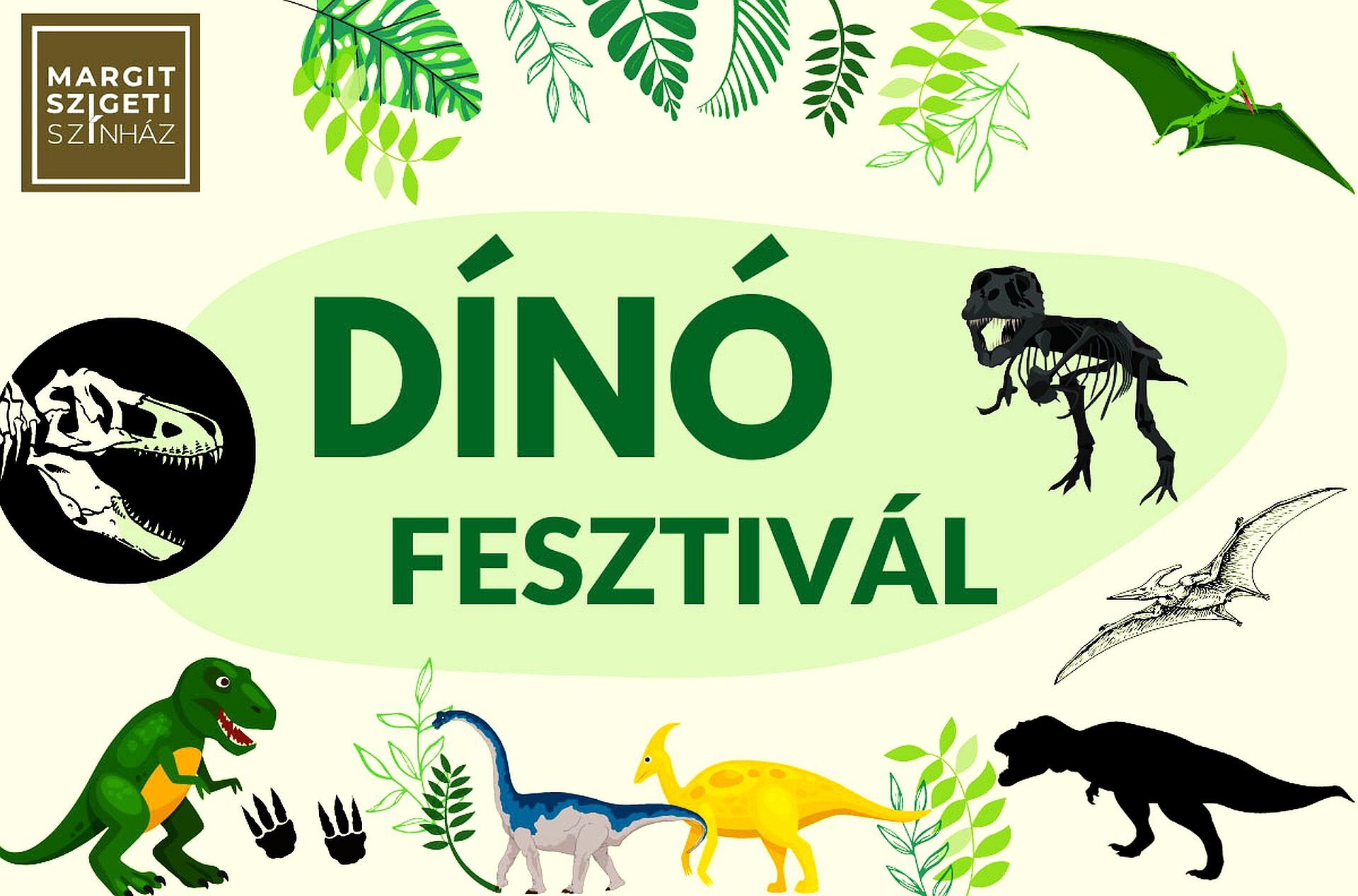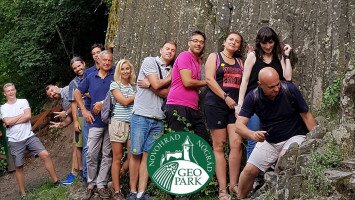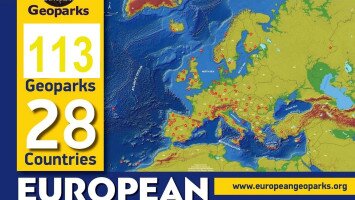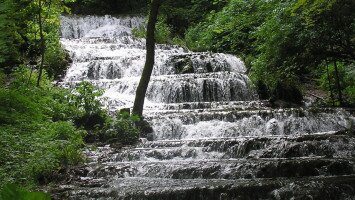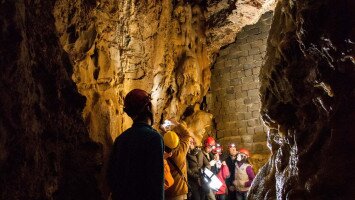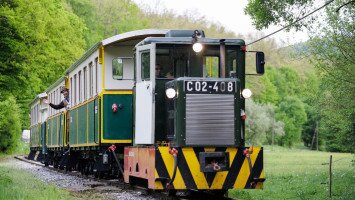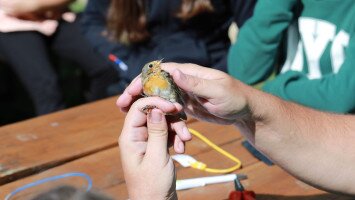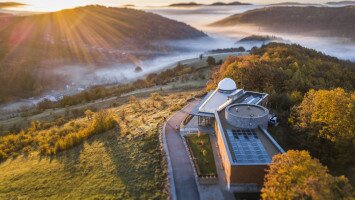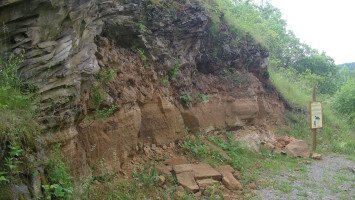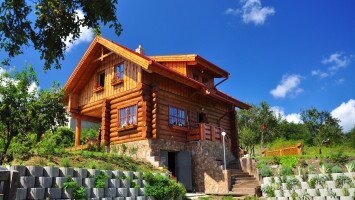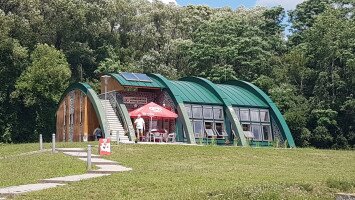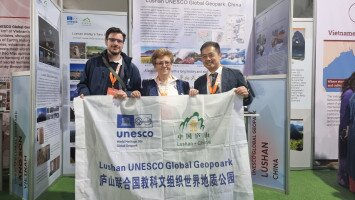
Európai Geoparkok Hete egy határokon átnyúló geoparkban 2023.04.26. 09:45
Az UNESCO Globális Geoparkok regionális hálózatának tagjai, az Európai Geoparkok május végétől június elejéig minden évben megemlékeznek öreg kontinensünk földtani örökségéről, melyhez a transznacionális szlovák-magyar Novohrad-Nógrád Geopark is csatlakozik.
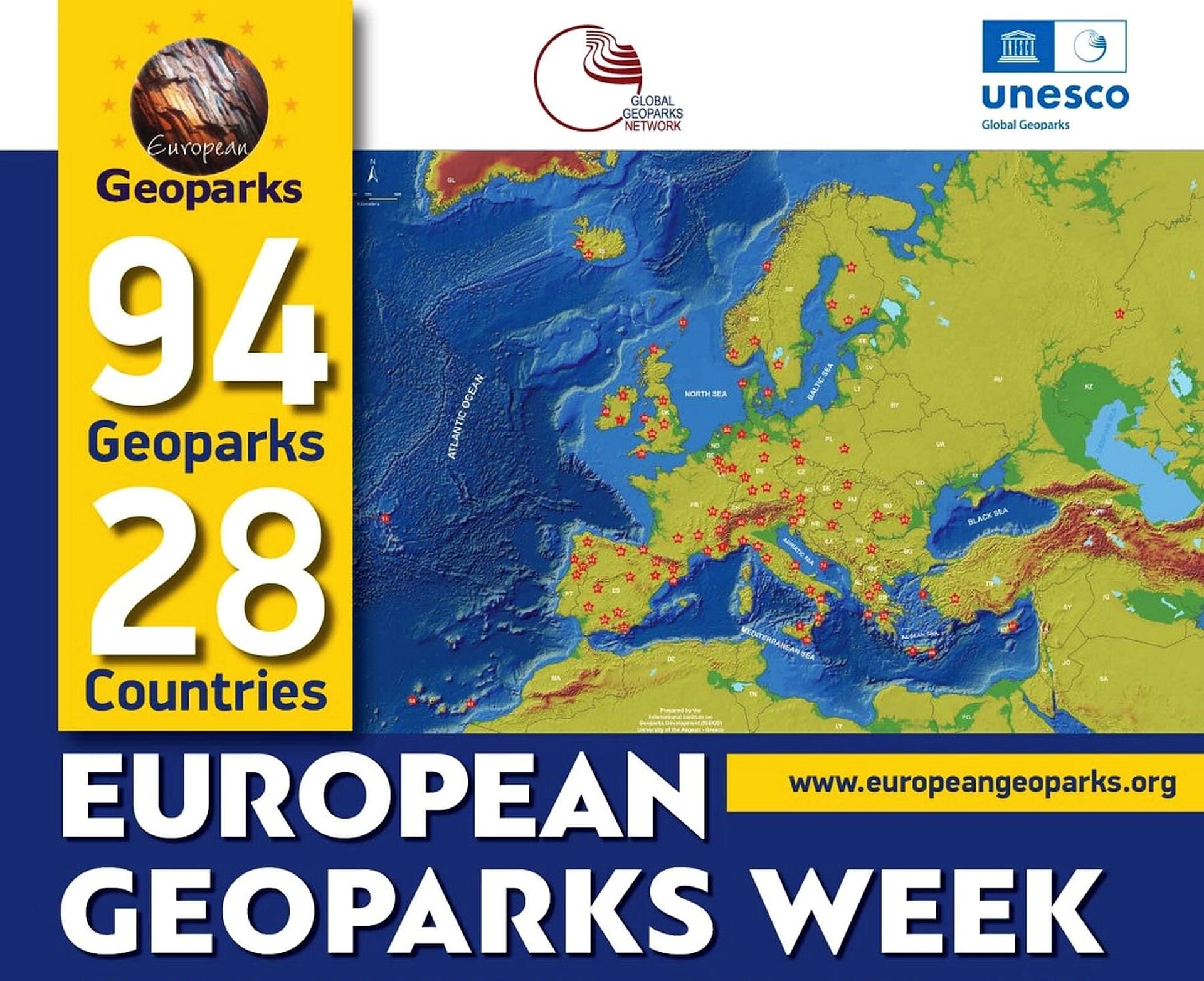
A Novohrad-Nógrád Geopark május 23 - június 4 kőzötti programkavalkádja számos érdekes élmény-lehetőséggel kecsegtet. A Bükki Nemzeti Park Igazgatóság Ipolytarnóci programjait már közzé tette, hivatkozása itt érhető el.
Május 24-én a transznacionális UNESCO Globális Geoparkok online találkozójára kerül sor. Bolygónkon pillanatnyilag 4 ilyen, országhatárokon átnyúló geopark létezik, a történelem viharai által megtépázott öreg kontenensünkön található mindegyikük. Ezen geoparkok fóruma aktív szerepvállalással az Ukrajnában folyó háború ellen is nyilatkozatot adott ki. Az Európai Geoparkok Hetéhez kötődő megbeszélésük fontos eleme együttműködésüknek, melyben Geoparkunk is a kezdetek óta részt vesz.
A Geopark kiemelt sprirituális partnerei tartozik Nemzeti Kegyhelyünk. Mátraverebély-Szentkúton 2023. május 26-án 11 órai kezdettel ferences szerzetesek kegyhelyismertetést tartanak. A terület szellemi kisugárzásához a földtani múlt is hozzájárult.
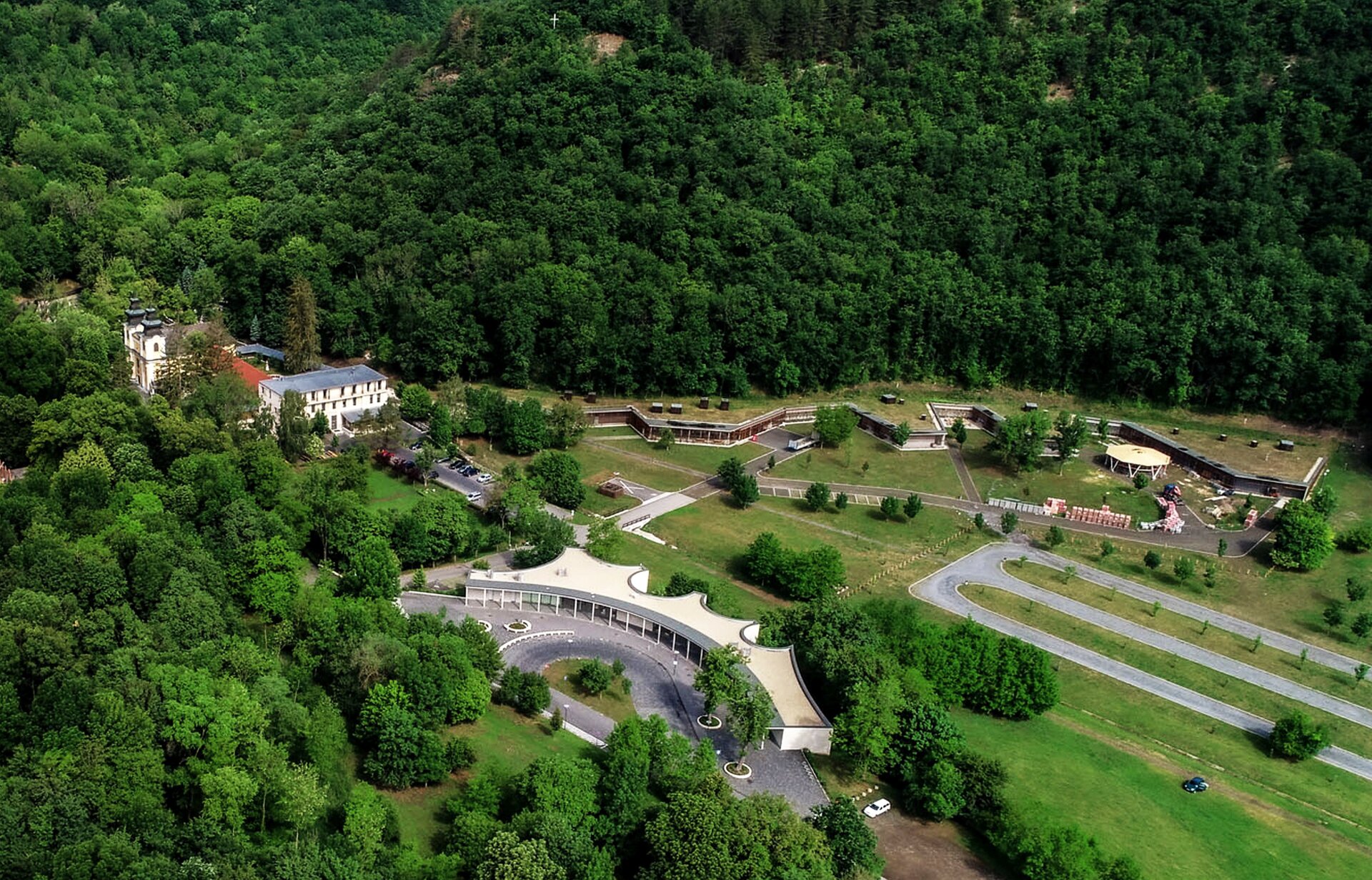
Sekélytengeri üledékekbe (kalkarenit) vájt remetelakások, különleges geológiai alakzatok és üde vízű források, a természeti értékeket felfűzőn ismertető tanösvény a ferences értékekkel összekapcsolódva különleges élményt adhat a kegyhely egyedülálló környezetének megismeréséhez.
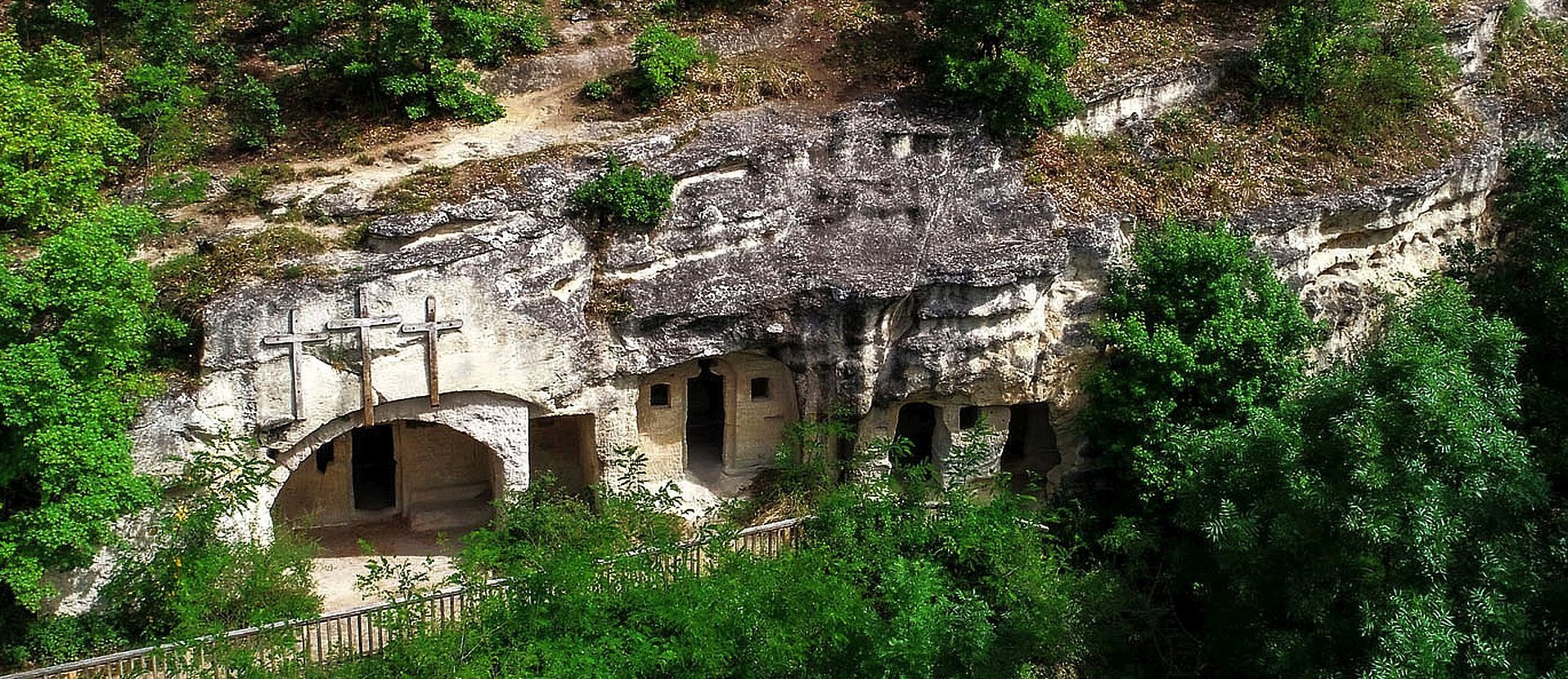
Az Eresztvényi Látogatóközpontból 2023. május 28-án 11 órai kezdettel egy különleges gyereknapi túravezetés indul az Eresztvényi Kőbányák Tanösvényen.
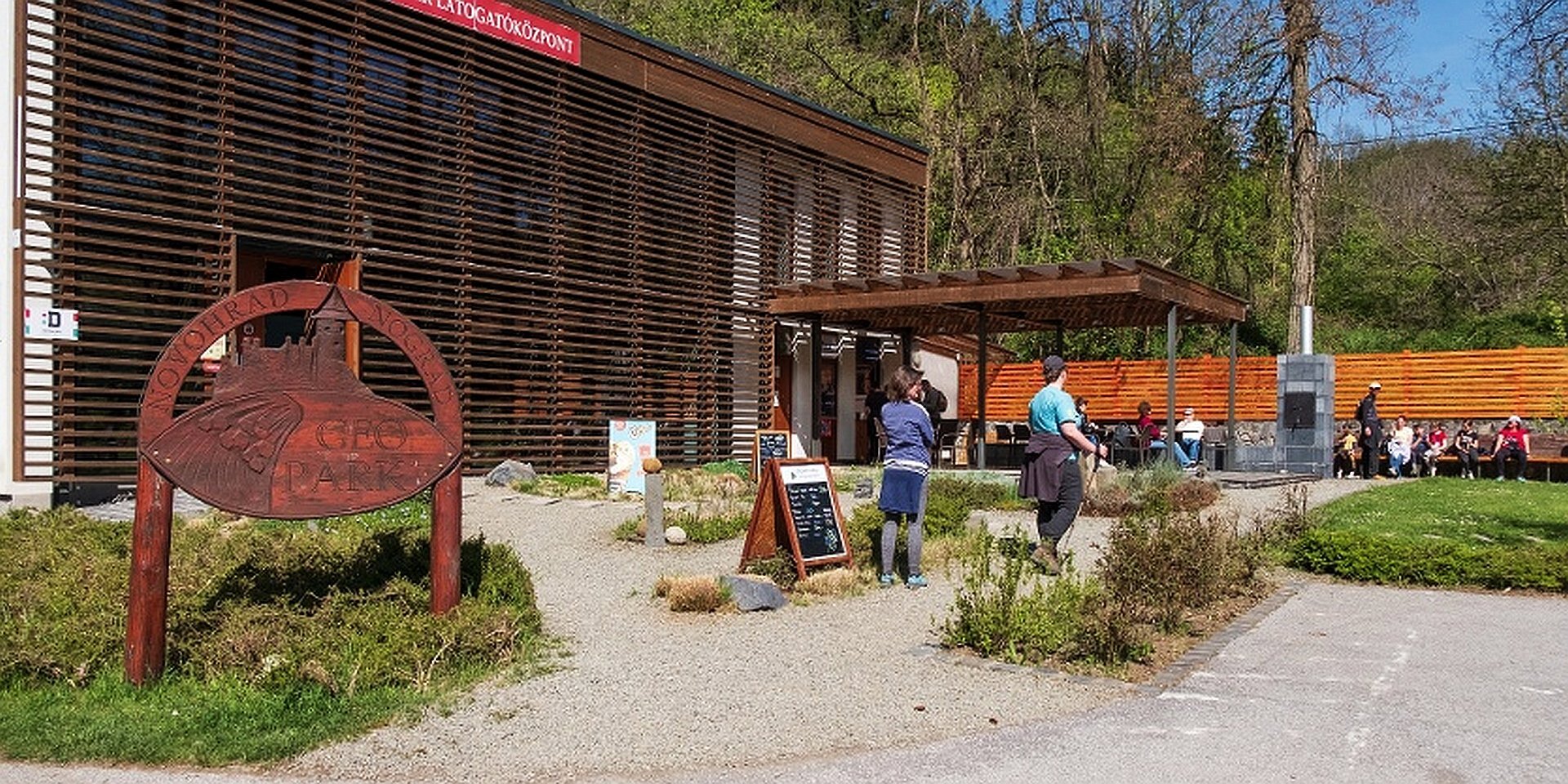
Hollókő Ófaluja a Világörökség része, nem csoda, a Geopark szívében fekszik. Geoparkunk partnereként palóc örökségünk hű ápolója, számos programmal készül a Geopark Hét pünkösdi forgatagához. Május 28-án, pünkösd vasárnap érdemes lesz a falu utcáin sétálni, egy népviseletes program kapcsán nem akármilyen látvány dobogtathatja meg a női- és férfi szíveket, elég csak az alábbi képre nézni.
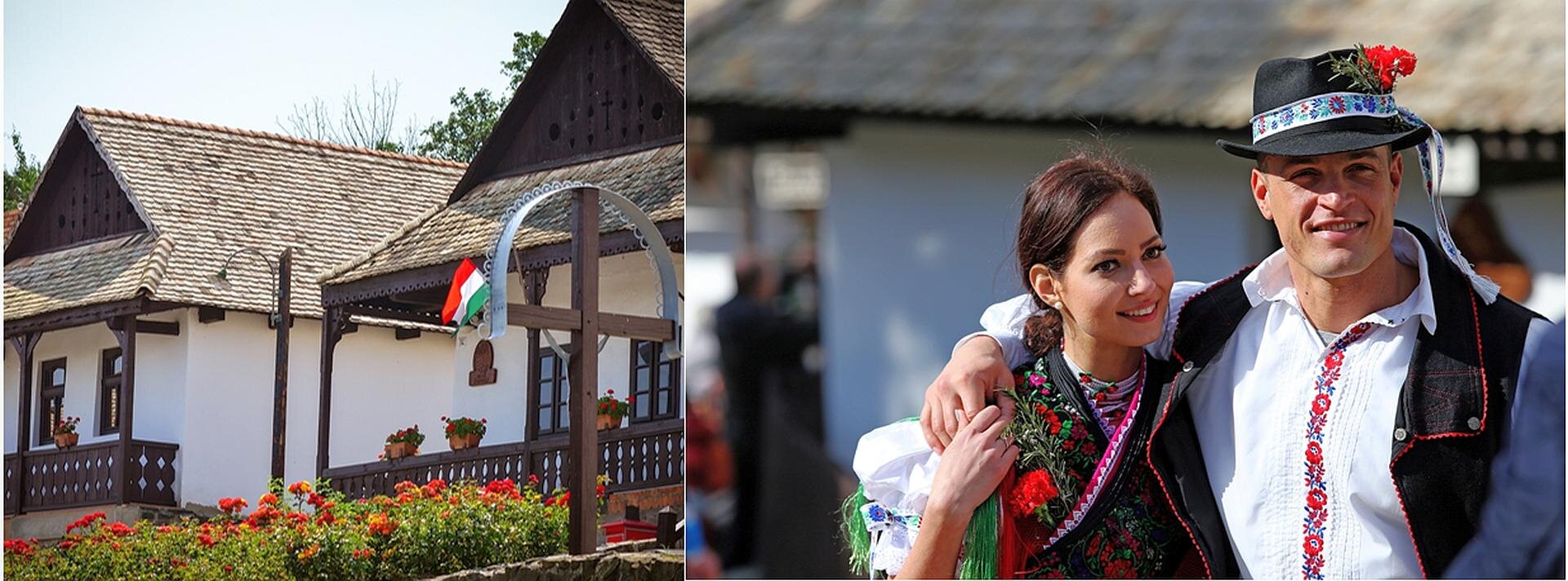
Május 29-én pedig Várjátékokat tartanak, az Ófalu fölé tornyosuló Hollókői Vár elfoglalására. Érdemes benevezni rá, mostanában kevés sikerélménye van a magyarnak. Azért fő az óvatosság, nem csupán a puskaporos levegő miatt. Egy kialudt vulkán gyökérzónája a Várhegy andezet telére, melynek tanösvényét a Bükki Nemzeti Park Igazgatóság alakította ki.

A szlovák oldalon a geopark értékeiről szóló nagyszabású tanulmányi versenyt indítanak, május 29-én a felsőtagozatosoknak, május 31-én pedig a az alsótagozatosok részvételével.
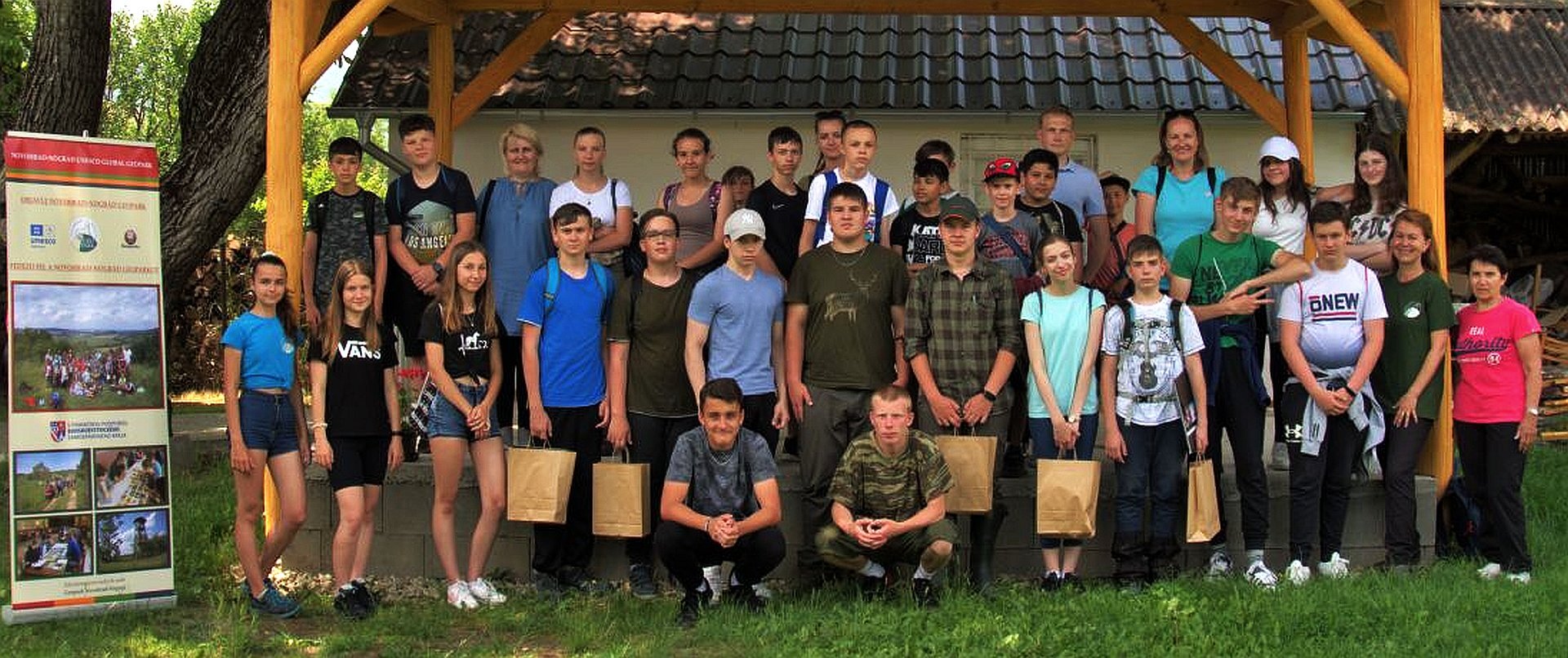
Június 1-én a Vulkánnapot ünneplik meg az Ipolytarnócot 17 millió évvel ezelőtt konzerváló szupervulkáni kitörés kapcsán. Változatos tűzhányó tevékenység formálta a geopark területét az utóbbi 20 millió évben, nem csoda, hogy a geopark csatlakozott az Európai Geopark Hálózat vulkánnapi megemlékezéséhez.
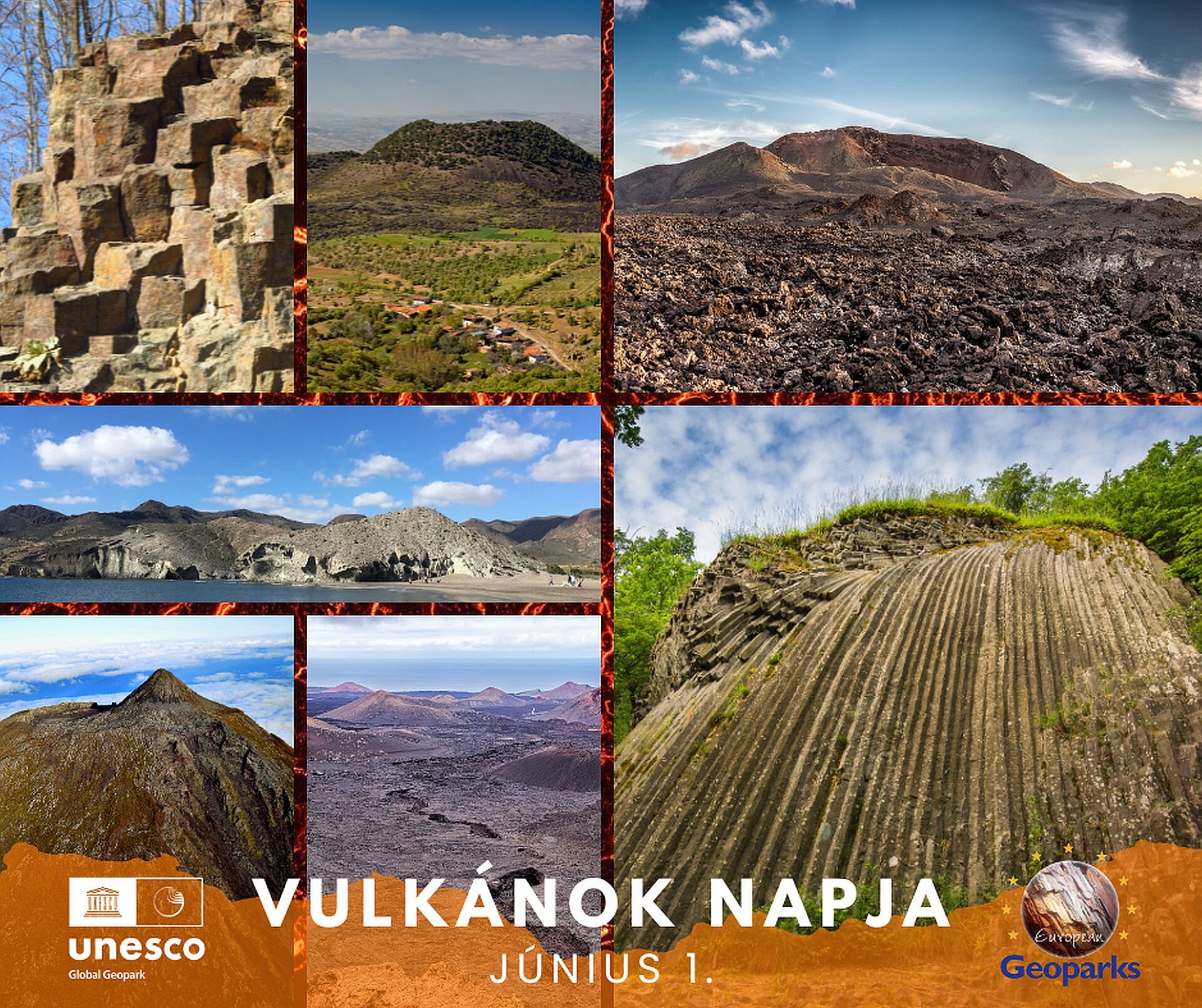
Június 3-án pedig több földtani bemutatóhelyet felkereső vezetett túrán lehet indulni. Prakfalvi Péter, a geopark magyar oldali főgeológusának vezetésével Kishartyán (Kőlyuk-oldal)- Sámsonháza (Vár-hegyi kőfejtő, kilátópont)-Mátraverebély-Szentkút (barát lakások, források völgye stb.) útvonalon a GeoluTours szervezésben is indul egy átfogó, a terület földtani felépítését ismertető terepbejárás.
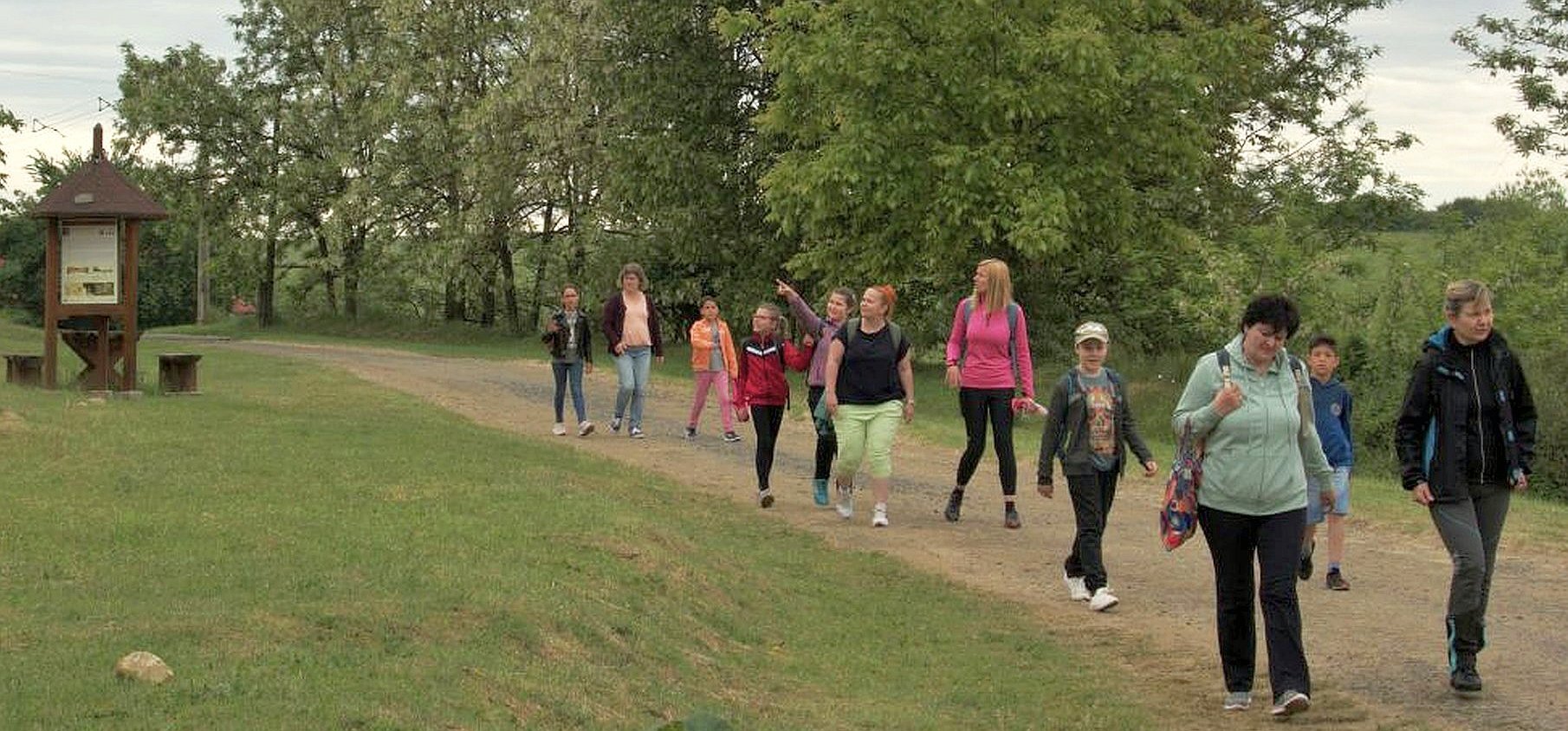
De nem csupán a geopark területére korlátozódik örökségünk ápolása. Pünkösd vasárnap, május 28-án a Margitszigeti Dínó fesztivál családik programja keretében is megjelenik geoparkunk, az Ipolytarnóci Ősmaradványok révén a Jurrasic Park film-zene-koncert előtt, külön kérésre bemutatkoznak. Lám geoparkunk tényleg nem ismeri a határokat!
